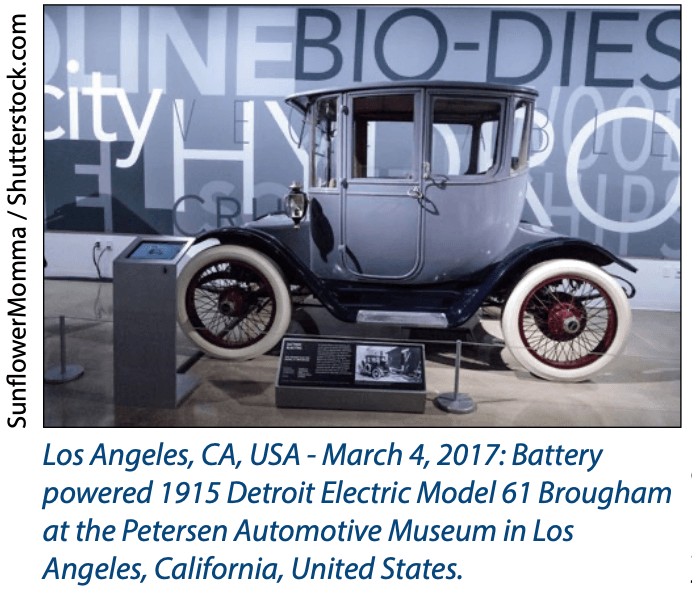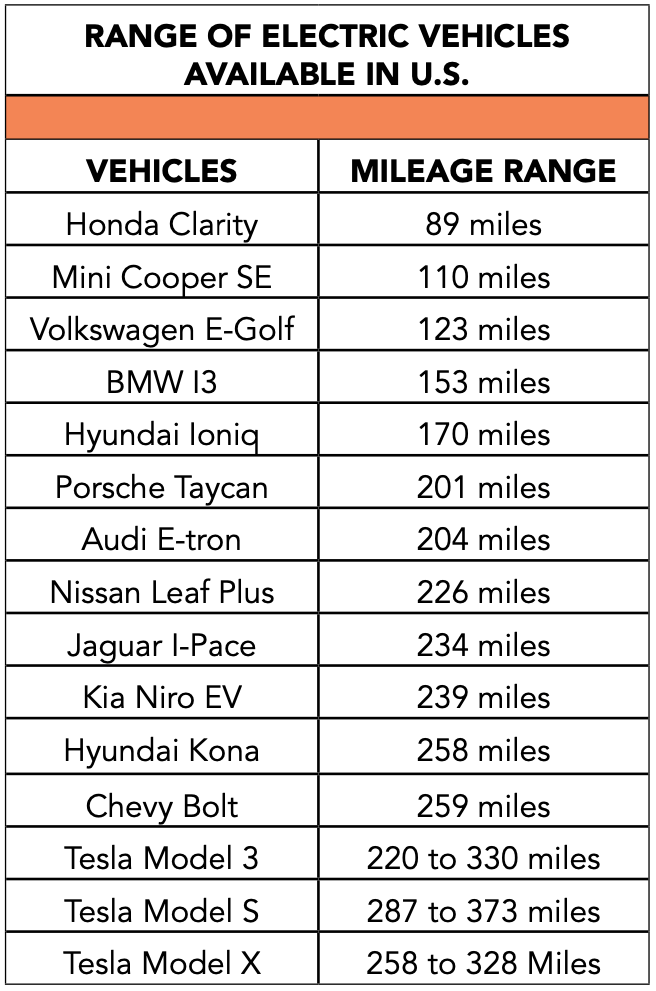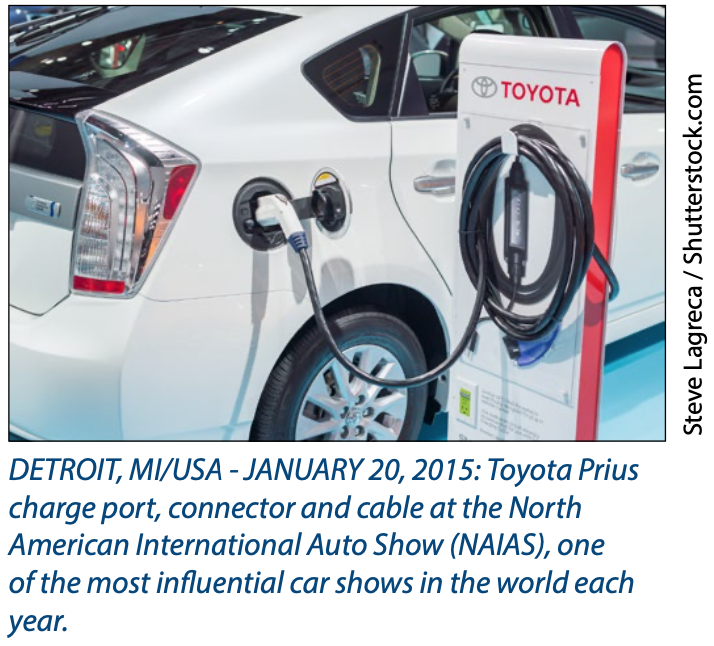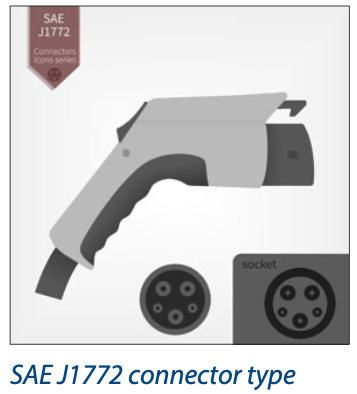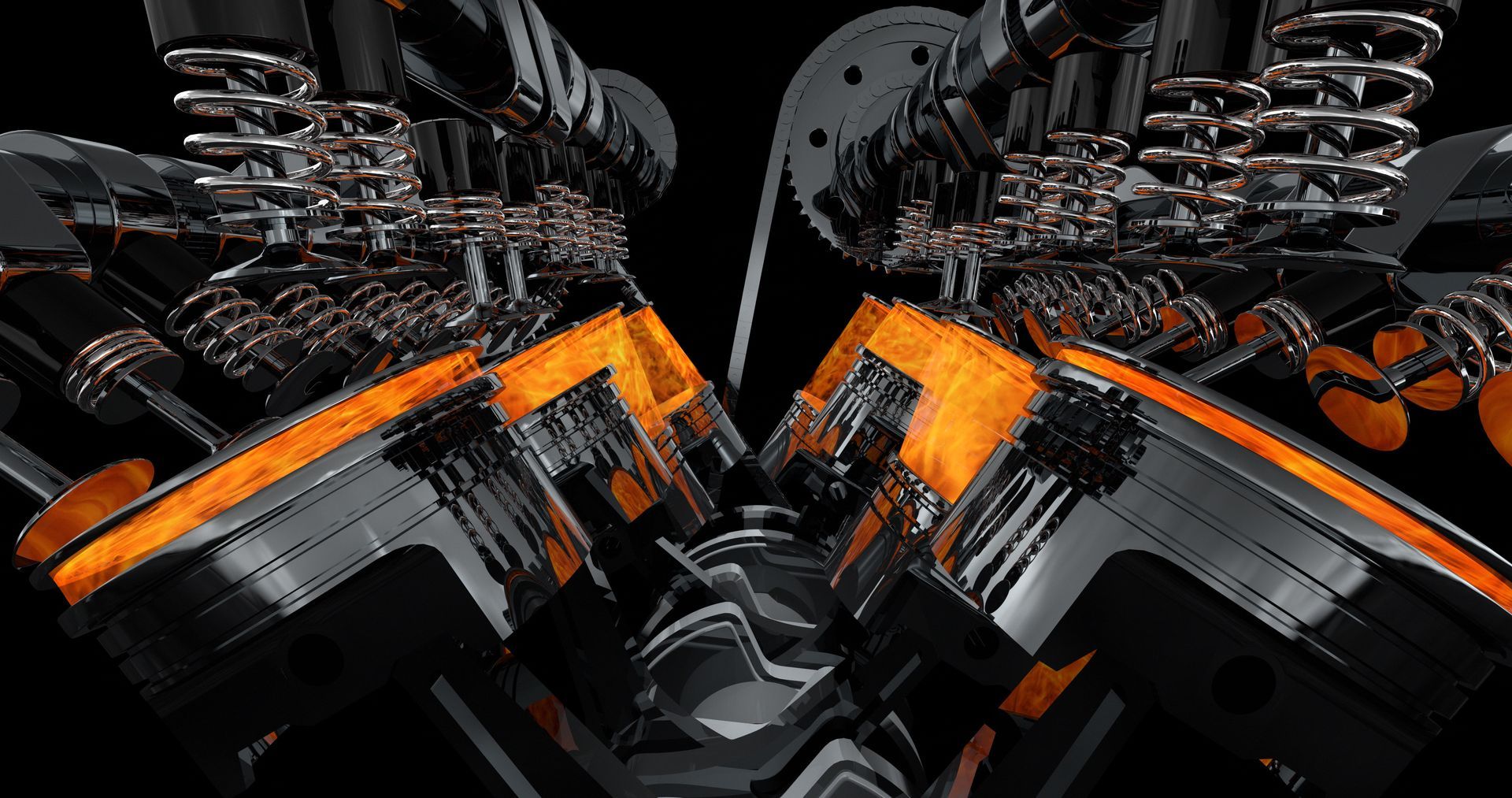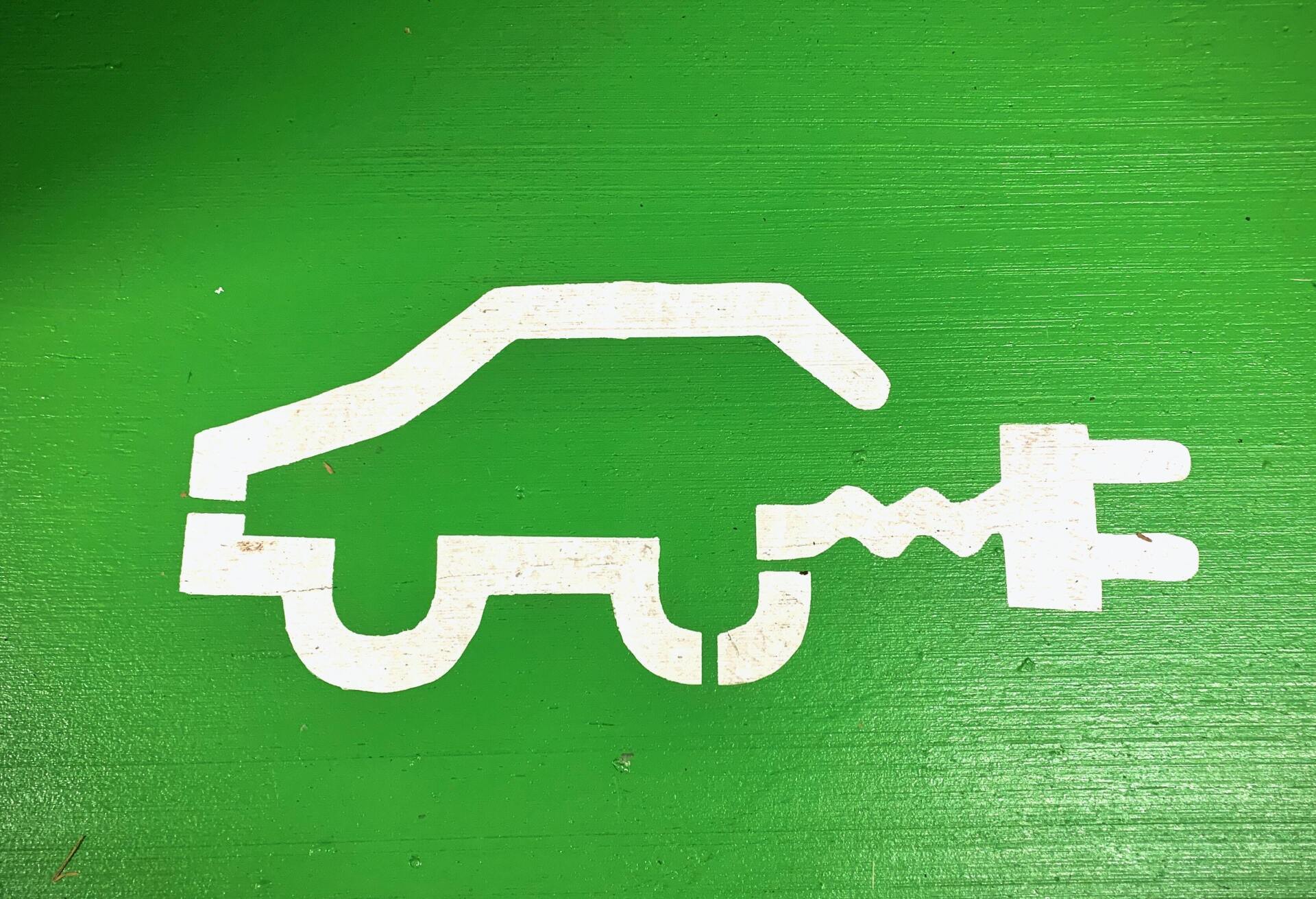Range anx·i·e·ty noun - informal
Worry on the part of a person driving an electric car that the battery will run out of power before the destination or a suitable charging point is reached.
“Range anxiety is often cited as the most important reason why many are reluctant to buy electric cars” Range Anxiety is a real thing and it is keeping a lot of people from buying electric vehicles. Not everyone has these feeling about electric vehicles, but the feeling is there. It is slowly being pecked at by the auto manufacturers as the ranges slowly climb up to 300 miles and beyond in certain vehicles, but it still hangs on. A recent study in the UK showed just how difficult it is to pin down an ‘ideal’ range. One third of motorists said they would accept up to 300 miles as the range that would entice them to buy an electric vehicle. The same number demanded up to 400 miles on a single charge, with the remaining third waiting for 400- 1,000 miles. Now, this was a study in England, where a 300 mile range could take you most places in the country on just one or two charges. The United States is a bit different where it could take multiple charges just to get across Texas.


